1. Product Type
• Lithium Manganese Dioxide Batteries (LiMnO2)
• Lithium Poly-fluorocarbon
2. Part Numbering System
e.g. CR2032
– Lithium Manganese Dioxide, Diameter 20mm, Height 3.2mm
|
CR
|
20
|
32
|
|
|
Number of Cells1
|
Battery Type2
|
Diameter/Thickness x Width3
|
Height
|
1. Applicable for configurations with more than one cell (e.g. 2CR1/3N);
2. Please find the following table for matching the part number to different battery chemistry.
|
Part Number
|
Battery Type
|
|
CR
|
Lithium Manganese Dioxide
|
|
ML
|
Lithium Manganese Dioxide (Rechargeable)
|
|
BR
|
Lithium Poly-fluorocarbon
|
3. For Coin type batteries, only two digits are used (e.g. CR2450)
3. General Characteristics
3.1. Lithium Manganese Dioxide Batteries
• Coin type and Cylindrical (hermetically sealed construction) type;
• Non-rechargeable (CR) / Rechargeable (ML).
• Higher voltage, 3.0V;
• Low self-discharge rate, long shelf-life and high reliability;
• Wide operational temperature range, from -20°C ~ +60°C.
3.2. Lithium Poly-fluorocarbon Batteries
• Coin type (hermetically sealed construction);
• Non-rechargeable.
• Higher voltage, 3.0V;
• Flat discharge characteristics;
• Ultra low self-discharge rate;
• Wide operational temperature range, -40 °C to +85 °C
4. Working Principle
SENER Lithium batteries consist of three layers: Positive electrode, separator, and negative electrode. Lithium batteries use manganese dioxide (CR and ML) / Poly-fluorocarbon (BR) as its positive active material, lithium as its negative active material and an organic electrolyte as its separator. Gasket is used to prevent leakage of material.
5. Internal Configuration
5.1. Coin type Batteries
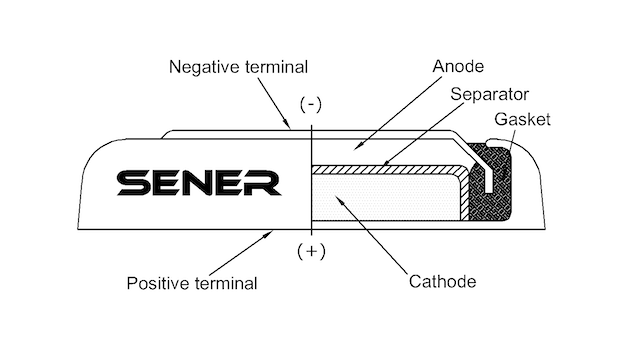
Fig. 1 Internal Configuration of Coin type Battery
5.2. Cylindrical type Batteries
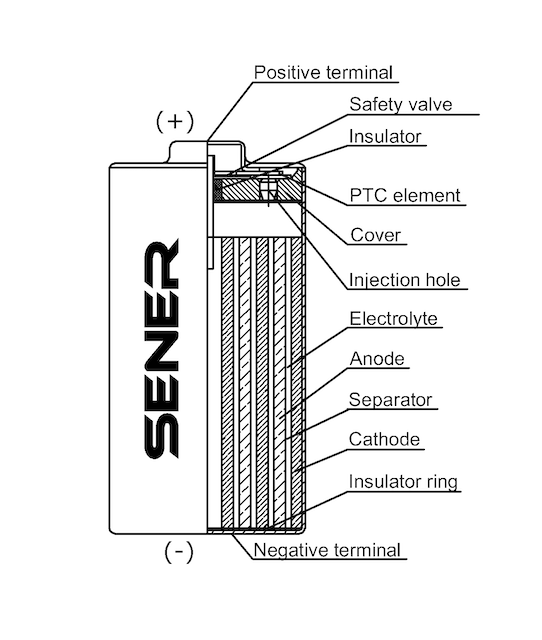
Fig. 2 Internal Configuration of Cylindrical type Battery
6. Standard Characteristic
6.1. Discharge CharacteristicsThe curve shows the characteristics of battery while discharging by load resistor. 2 or more curves will be shown for comparison.
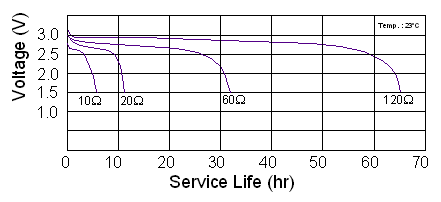
Fig. 3 Discharge characteristics example
6.2. Pulse Discharge CharacteristicsThe curve shows the characteristics of the battery while discharging by high current in short time periods.
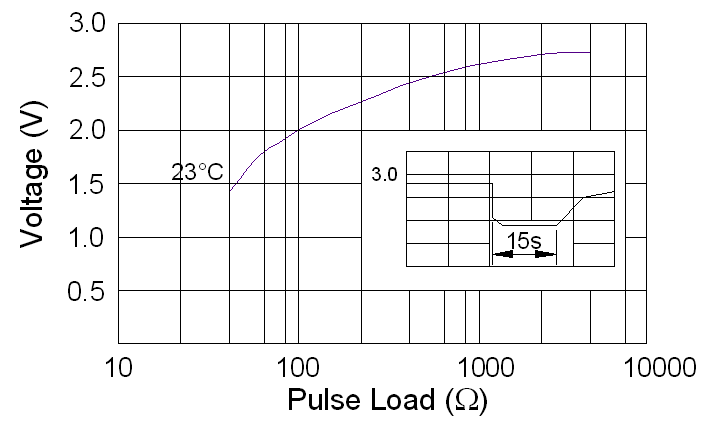
Fig. 4 Pulse discharge characteristics example
6.3. Temperature CharacteristicsThe curve shows the discharge characteristics in different temperatures.
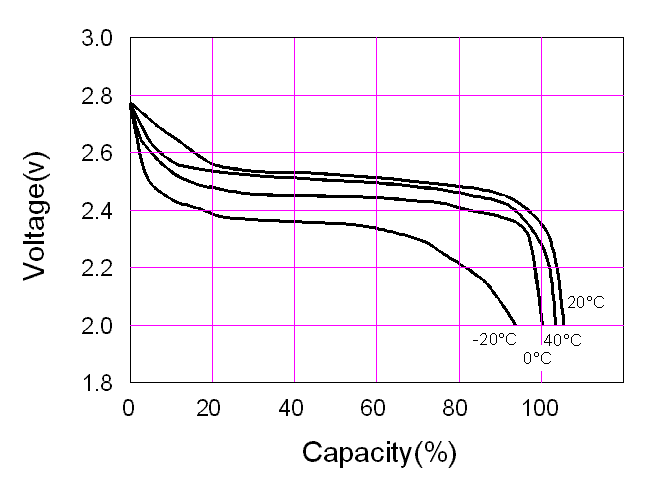
Fig. 5 Temperature characteristics example
7. Nominal VoltageThe nominal voltage for both Lithium Manganese Dioxide (CR) and Lithium polymer-fluorocarbon batteries are 3.0V.
8. Nominal Capacity
Capacity is the output capability over a period of time. It is expressed in mill-ampere-hours (mAh) and dependent on the size of the battery and load used.
For non-rechargeable batteries, Nominal Capacity indicates duration until the voltage drops down to a specific level, when discharged at a nominal discharge current at normal room conditions.
Duration of battery can be calculated as:
| Duration = | Nominal capacity (mAh) |
| Current drain (mA) x 24 (hrs) x 365 (days) |
9. Application
9.1. Lithium Manganese Dioxide Batteries (CR / ML)
• Timers
• Calculators
• Electronic thermometers
• Car remote control
• Backup power for memory
• Automobiles (keyless entry)
• Medical equipment
• Household applicants
• Laser Sight
• Bluetooth LE trackers
• Wearables
• Remote control
9.2. Lithium Poly-fluorocarbon Batteries (BR)
• Meters
• Backup power for memory
• Real Time Clock
10. Caution
• Do not short the positive and negative terminals of batteries. Shorting battery terminals may cause heat generation, leakage or explosion.
• Do not solder on the battery body directly. High temperature will cause damage of resin materials in batteries such as gasket and separator. These can result in leakage and fire due to heat generated by short circuit inside the battery.
• Do not charge primary type (one time use) batteries. Charging primary type batteries may cause fire or explosion.
• Do not apply heat to battery. Heating the battery over 100°C may result in leakage, fire or explosion. If disposed of in fire, battery may burn violently or explode.
• Do not disassemble battery. Disassembling batteries can cause leakage of corrosive substances. If chemicals inside the battery are exposed, heat may be generated and may cause fire.
• Do not mix with other battery types. Since difference type of batteries have different characteristics in nominal voltage, capacity, etc. Mixing different types of batteries may cause abnormal discharge of batteries, result in leakage or fire.